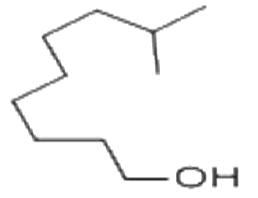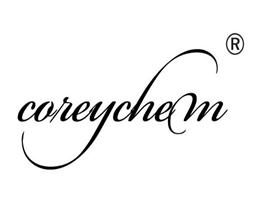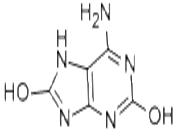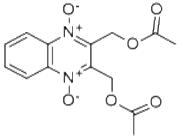Isodecanol
$ 1.00
/1KG
- Min. Order1G
- Purity98%
- Cas No25339-17-7
- Supply Ability100KG
- Update time2019-07-06

career henan chemical co
VIP8Y
 China
China
Enterprise Verified
Business Bank account
Basic Contact Infomation
Business Address
Trade Company



Chemical Properties
| Product Name | Isodecanol |
| CAS No | 25339-17-7 |
| EC-No | |
| Min. Order | 1G |
| Purity | 98% |
| Supply Ability | 100KG |
| Release date | 2019/07/06 |





